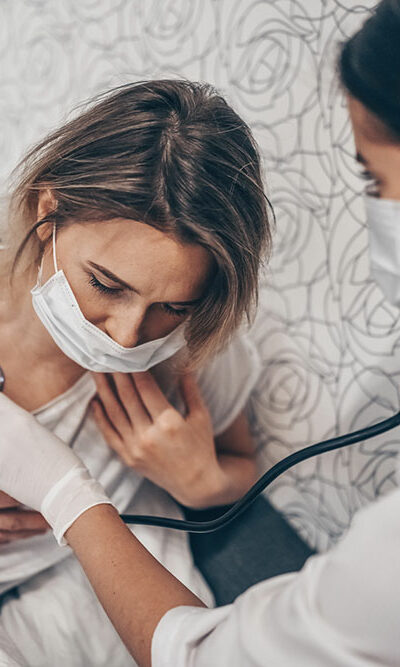
7 warning signs of atrial fibrillation
Atrial fibrillation, or AFib, is a condition of the heart characterized by irregular and rapid heartbeats. While it might seem harmless, untreated AFib can lead to stroke and heart failure. Recognizing the warning signs of AFib is crucial for early diagnosis and effective management. This comprehensive article delves into atrial fibrillation, exploring its common signs, causes, diagnosis, and management. Understanding these signs is the first step in seeking proper medical attention. Palpitations One of the most prevalent signs of atrial fibrillation is heart palpitations. Individuals with AFib often describe feeling their heart racing or fluttering irregularly. These vibrations can be unsettling and may occur suddenly. They can be triggered by physical activity, stress, or simply at rest. Fatigue Persistent fatigue or unexplained tiredness is another common sign of AFib. When the heart’s rhythm is irregular, it struggles to pump blood efficiently, reducing oxygen supply to the body’s tissues and organs. This can result in a constant feeling of weariness, even after a full night’s sleep. Shortness of breath Atrial fibrillation can cause episodes of breathlessness, especially during physical activities. The irregular heart rhythm may fail to meet the body’s increased demand for oxygen, leaving the individual feeling out of breath even with mild exertion. This symptom can significantly affect the quality of life and daily activities. Dizziness or lightheadedness Feeling dizzy or lightheaded can be a warning sign of AFib. An irregular heartbeat can disrupt the normal flow of blood to the brain, momentarily reducing oxygen supply. As a result, individuals may experience dizziness or fainting episodes (syncope). These episodes can be dangerous, especially while driving or operating heavy machinery. Chest pain or discomfort Some individuals with AFib may experience chest pain or discomfort, often described as a tightness, pressure, or squeezing sensation. While chest pain is more commonly associated with other heart conditions like angina, it can occasionally occur in AFib.










